Canon EOS 250D review
Big on features yet small in size is the central thrust behind this entry-level yet fully featured compact Canon DSLR
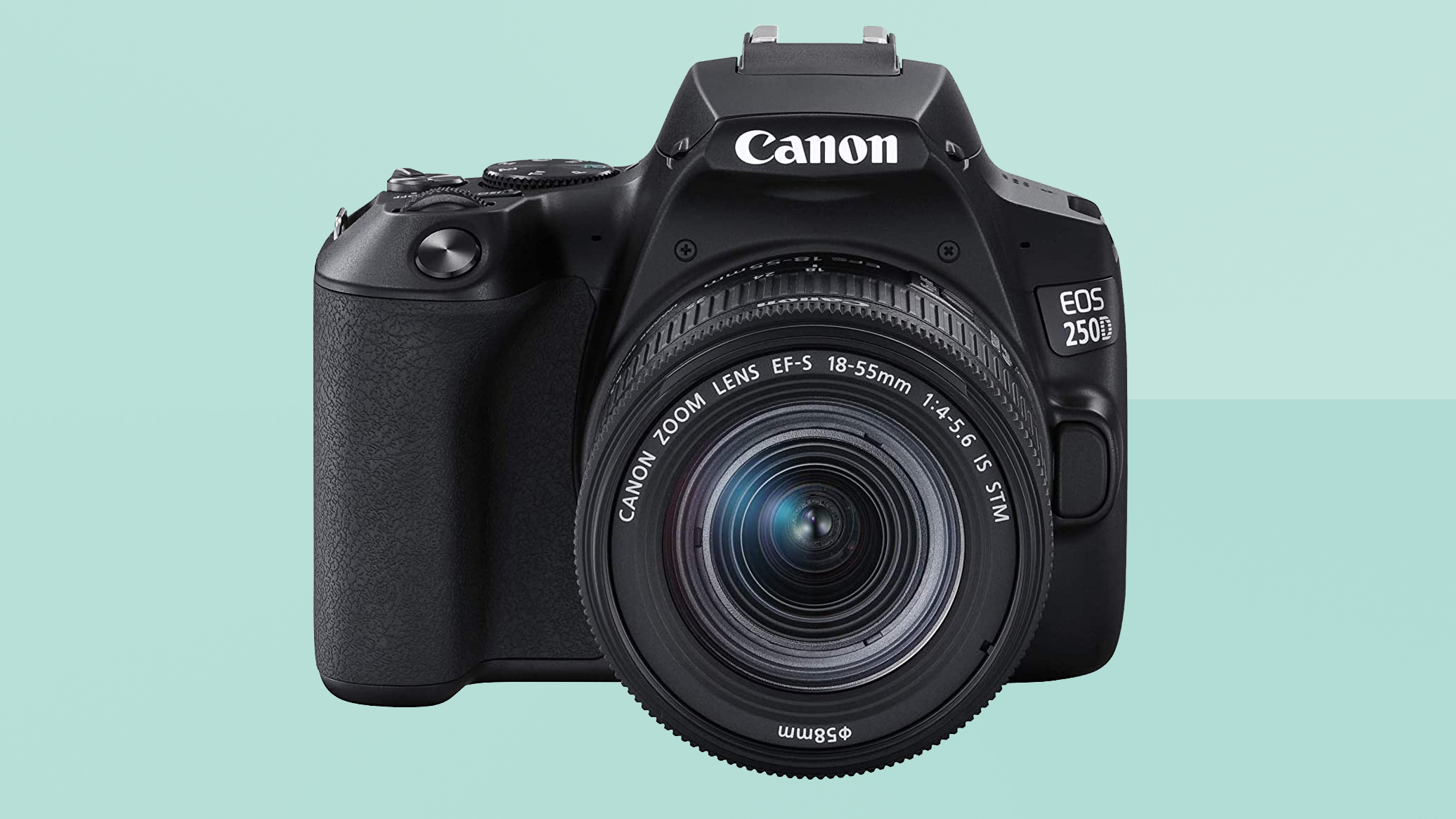
Experienced DSLR users may find the Canon EOS 250D a little too simplistic, with its guided user interface being offered from the get-go. However, for newcomers its user-friendly handling, compact dimensions, straightforward menus, control layout and operation, plus a decent image quality, contribute to make it a very capable all-rounder.
-
+
A great intro for those just starting out
-
+
It’s compact and relatively lightweight
-
+
Vari-angle touch screen LCD
-
-
Plastic-y feel to body
-
-
Slightly bulkier than mirrorless camera rivals
-
-
Four-way directional pad at rear is small
Why you can trust T3

Though featuring the traditional DSLR style layout and buttons and thus promoting familiar operational handling, the Canon EOS 250D, also known as the Rebel SL3 in the US, is a lot smaller than you’d expect from product imagery. In fact, it’s not a great deal bigger than the DSLR-alternative of a mirrorless camera in fact. That being said, there’s enough of the 250D to achieve a decent, steady hold, particularly with provided EF-S mount compatible 18-55mm standard zoom lens attached. We managed to curl three fingers around the 250D’s grip at the front, while our forefinger hovered over the shutter release button. The thumb of the right hand ergonomically comes to rest on the pad at the back.
On launch the EOS 250D was being offered in three body colour choices: regular black, white, or, more unusually still, silver. However, we’ve only actually come across the black version in the flesh, which is the one we were sent for review and judged for our best DSLR buying guide and our best entry-level camera guide.
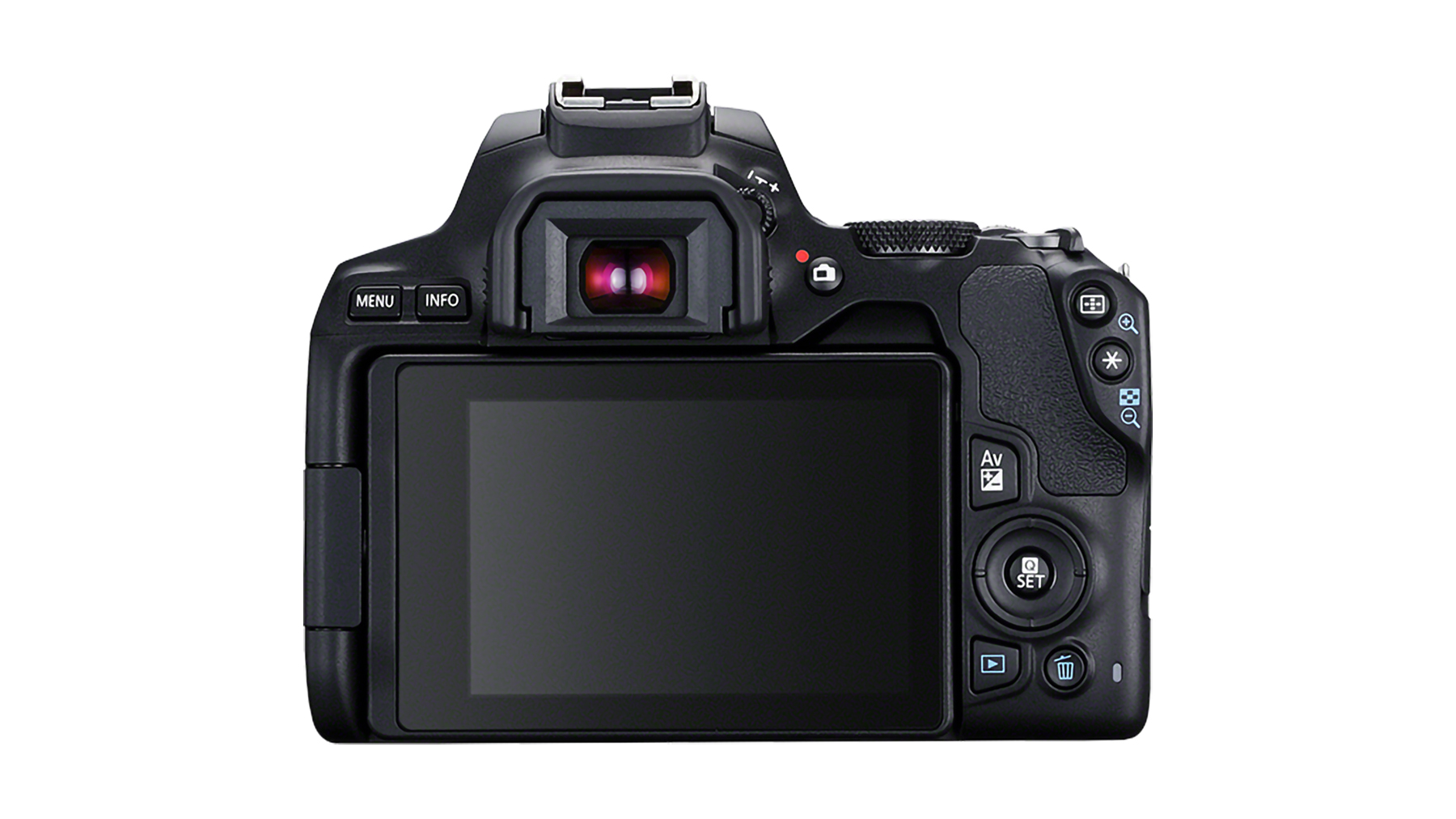
Canon EOS 250D review: Design & Handling
Compact it may be, but the look of the Canon EOS 250D very much follows a traditional DSLR layout, although, as this is a consumer model, its manufacturer has managed to include both a pop-up flash along with the regular vacant hotshoe for the attachment of an accessory flashgun. We’ll want to explore the latter optional extra, whereby the light can be angled for more creative effects, when we get more familiar with the camera.
While the eye level optical viewfinder that we’d expect to find on any DSLR is present and correct here, there is also a flip out and twist LCD screen provided. On this model the monitor is also a touch screen, which lends it the possibility of a best of both worlds’ operation when used in conjunction with the physical buttons and dials provided alongside it. That said Canon has pared back the physical buttons we’d otherwise expect to find on the backplate because of it. For any newcomers, the menu screens are very ‘hand holding’ and will walk you through the process of making selections, indicating the effect they may have.

Canon EOS 250D review: Features
The Canon EOS 250D features a regular APS-C sized CMOS sensor and previous generation Digic 8 processor, rather than Canon’s very latest Digic X chip, but this is twinned with the manufacturer’s swift and accurate Dual Pixel CMOS AF technology, along with the now expected Wi-Fi and Bluetooth connectivity options, with images saved to removable SD card, for which there is a single slot provided. While this isn’t a camera for ‘power users’, we wouldn’t expect it to be.
As well as HDMI and USB ports, we also get 4K video for the first time at this price point from Canon, along with the ability to record time-lapse videos at this top resolution and grab 4K frames from a moving sequence. And, it’s worth noting that, by signing up to Canon’s EOS system, we also get access to the most comprehensive lens line up in the photo business – or as much as our bank balance will allow – for when we do want to supplement the 18-55mm zoom lens provided in the box with something a bit more substantial.
Canon EOS 250D review: Performance
If you’ve handled a digital SLR before it’s fairly quick and easy to get up and running with the Canon EOS 250D. Especially as the LCD screen of this one throws up a guided user interface for newbies from the point it’s activated. It has a separate identifiable on/off switch, which also enables the selection of video. This sits on its own, instead of ergonomically encircling the shutter release button, which would have made for more fluid activation-to-shooting action in our opinion. That said, the touch screen is responsive and battery life is also something that impresses, giving us a whopping 1,070 shots from a full charge of its matchbox-sized battery.
For locking onto target the camera deploys a 9-point AF system, which though fine for most instances falls short of the sophisticated systems deployed by more expensive models higher up Canon’s DSLR range. That said, we do get Eye AF, which as it sounds detects the eyeballs of your subjects to more accurately determine focus.
Canon EOS 250D review: Image samples
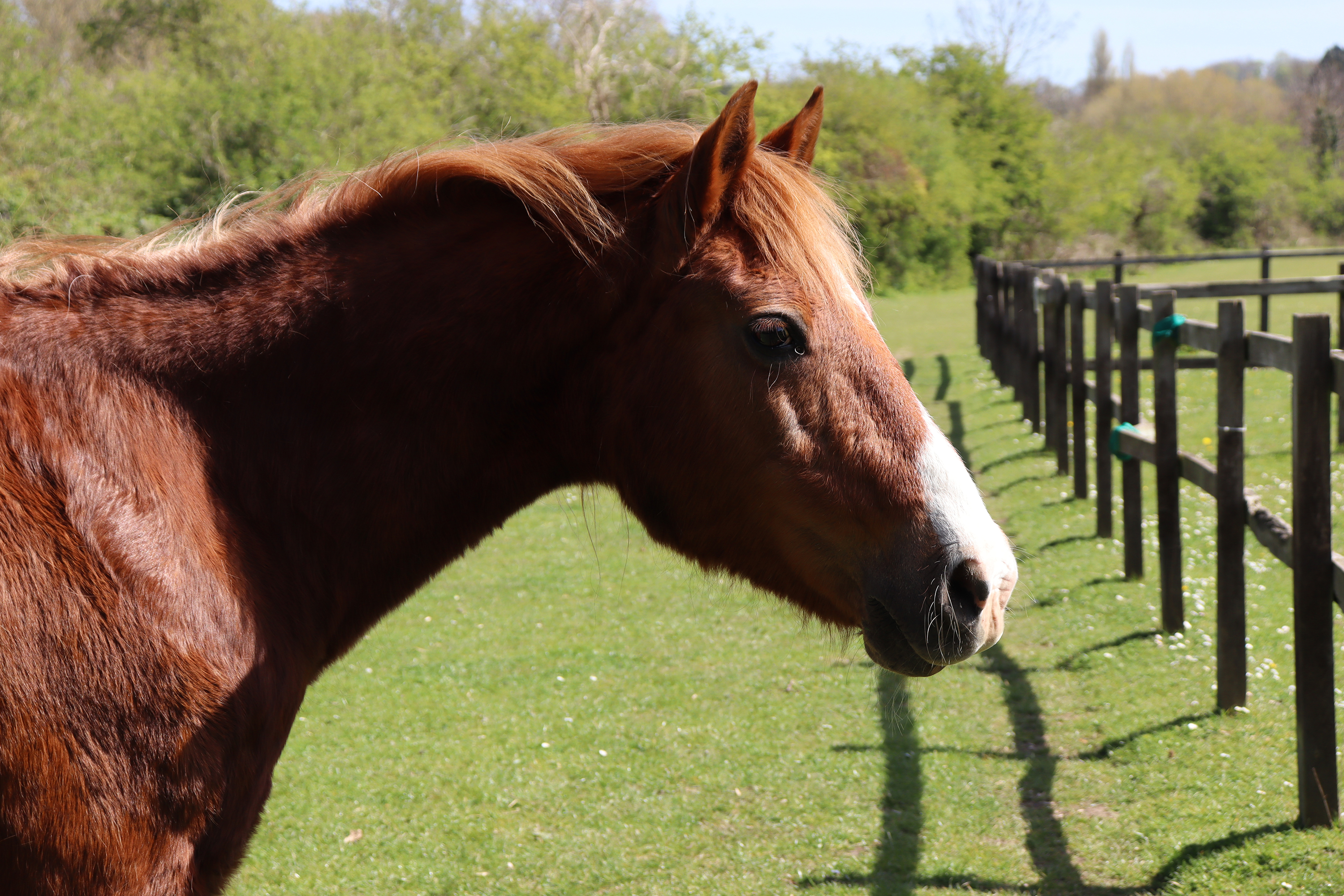






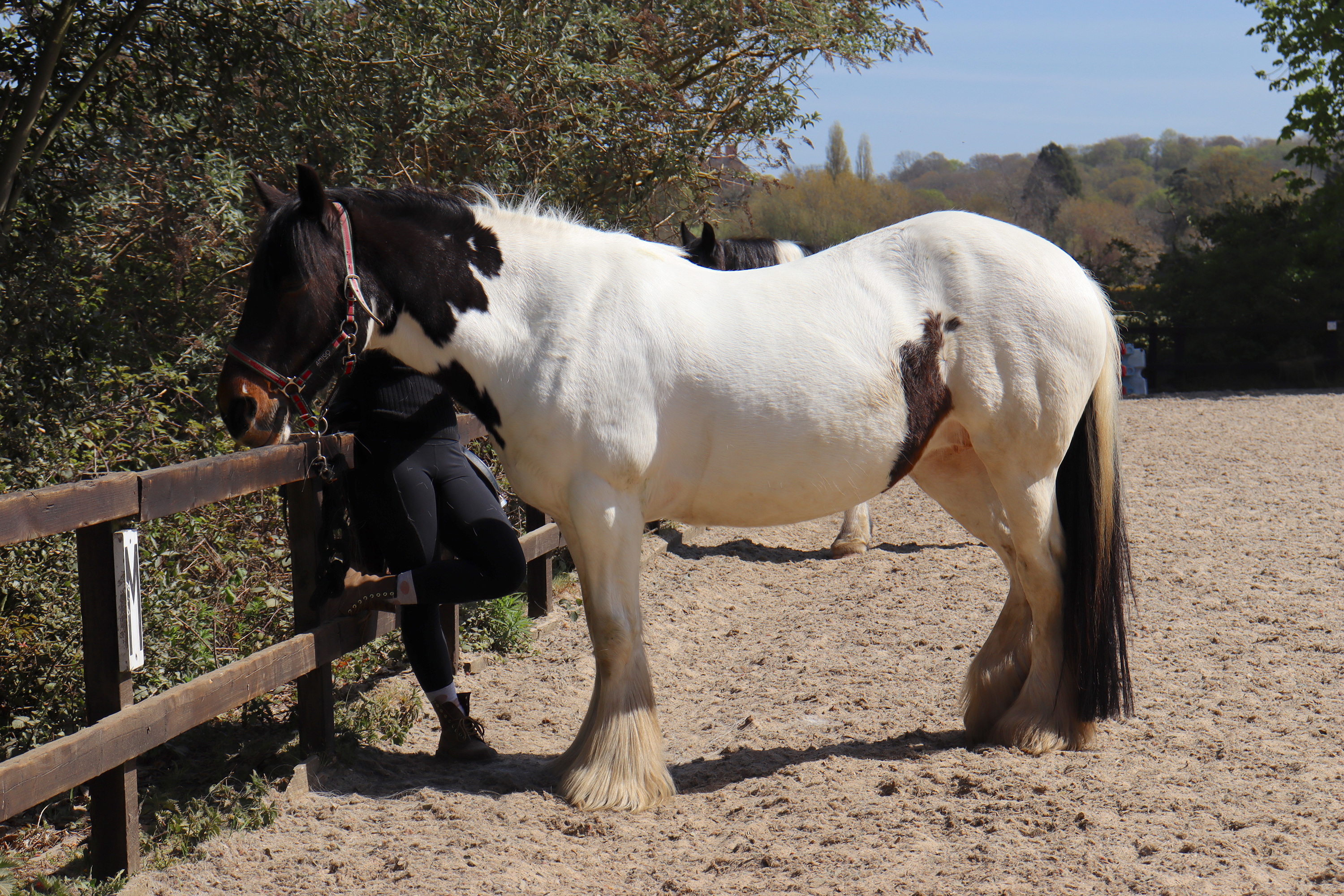
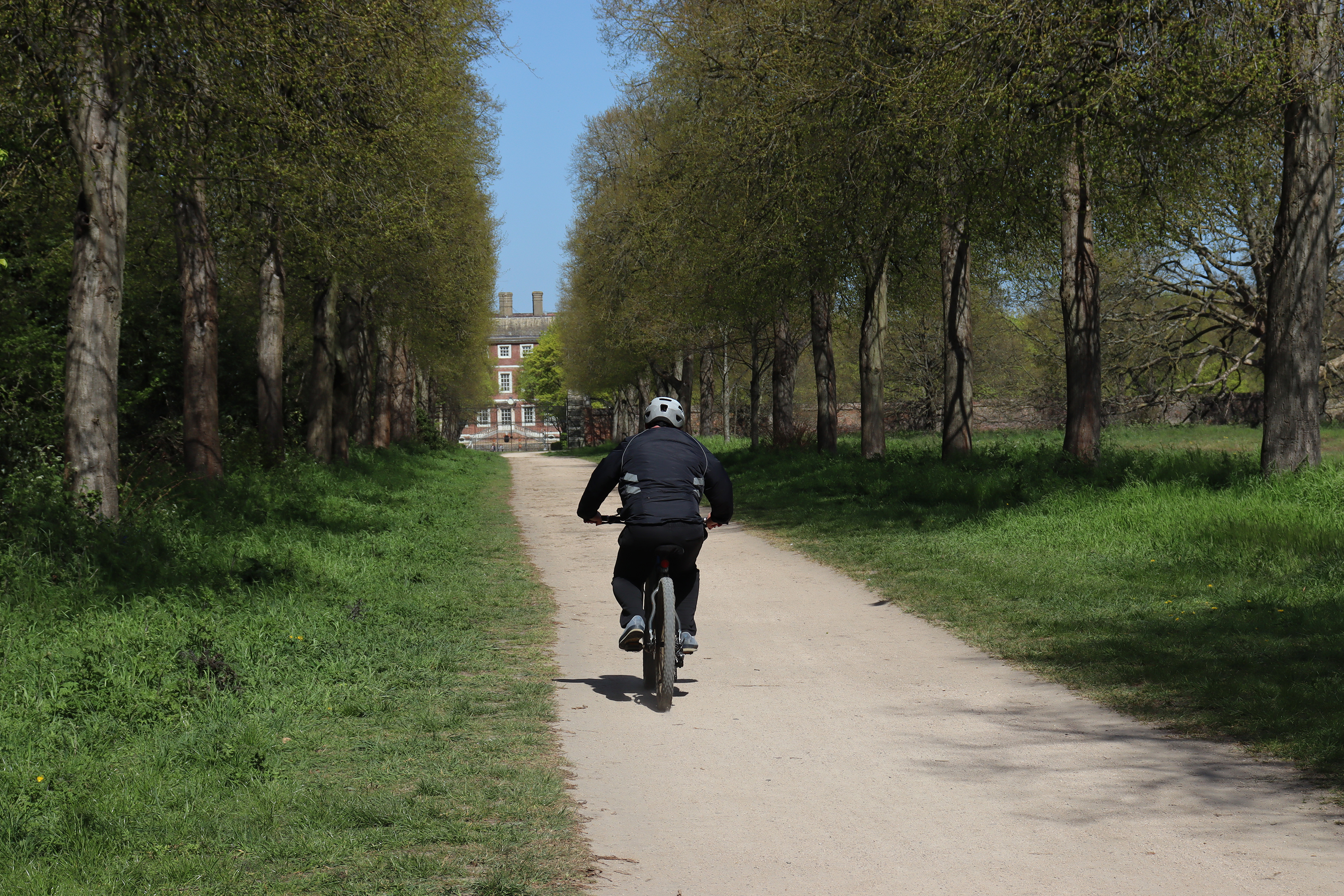







The standard 18-55mm kit zoom we were provided with alongside our Canon EOS 250D DSLR is perfectly adequate for beginners getting started out of the box, and image quality is decent, with detail being maintained into the corners of frame. More demanding users will, however, want to upgrade it to a prime lens or two, rather than a zoom, to get even sharper results than this jack-of-all-trades option provides.
This being a Canon DSLR, however, colours and contrast straight out of the camera ensure that images pop, without being overly saturated. Flesh tones look warm, while greens, blues and reds are rendered vividly. In short, this is a camera with which you can point and shoot and won’t need to do too much to the images, apart from occasional sharpening or contrast adjustment if seeking greater depth or definition.
Canon EOS 250D review: Verdict
Experienced DSLR users may find the Canon EOS 250D a little too simplistic, with its guided user interface being offered from the get-go. However, for newcomers its user-friendly handling, compact dimensions, straightforward menus, control layout and operation, plus a decent image quality, contribute to make it a very capable all-rounder.
Liked this?
Sign up to the T3 newsletter for smarter living straight to your inbox
Get all the latest news, reviews, deals and buying guides on gorgeous tech, home and active products from the T3 experts
Gavin Stoker has been writing about photography and technology for the past 20 years. He currently edits the trade magazine British Photographic Industry News - BPI News for short - which is a member of TIPA, the international Technical Imaging Press Association.
-
 YETI just made bowls cool – literally. And also figuratively.
YETI just made bowls cool – literally. And also figuratively.New YETI design, same bear-proof energy
By Matt Kollat Published
-
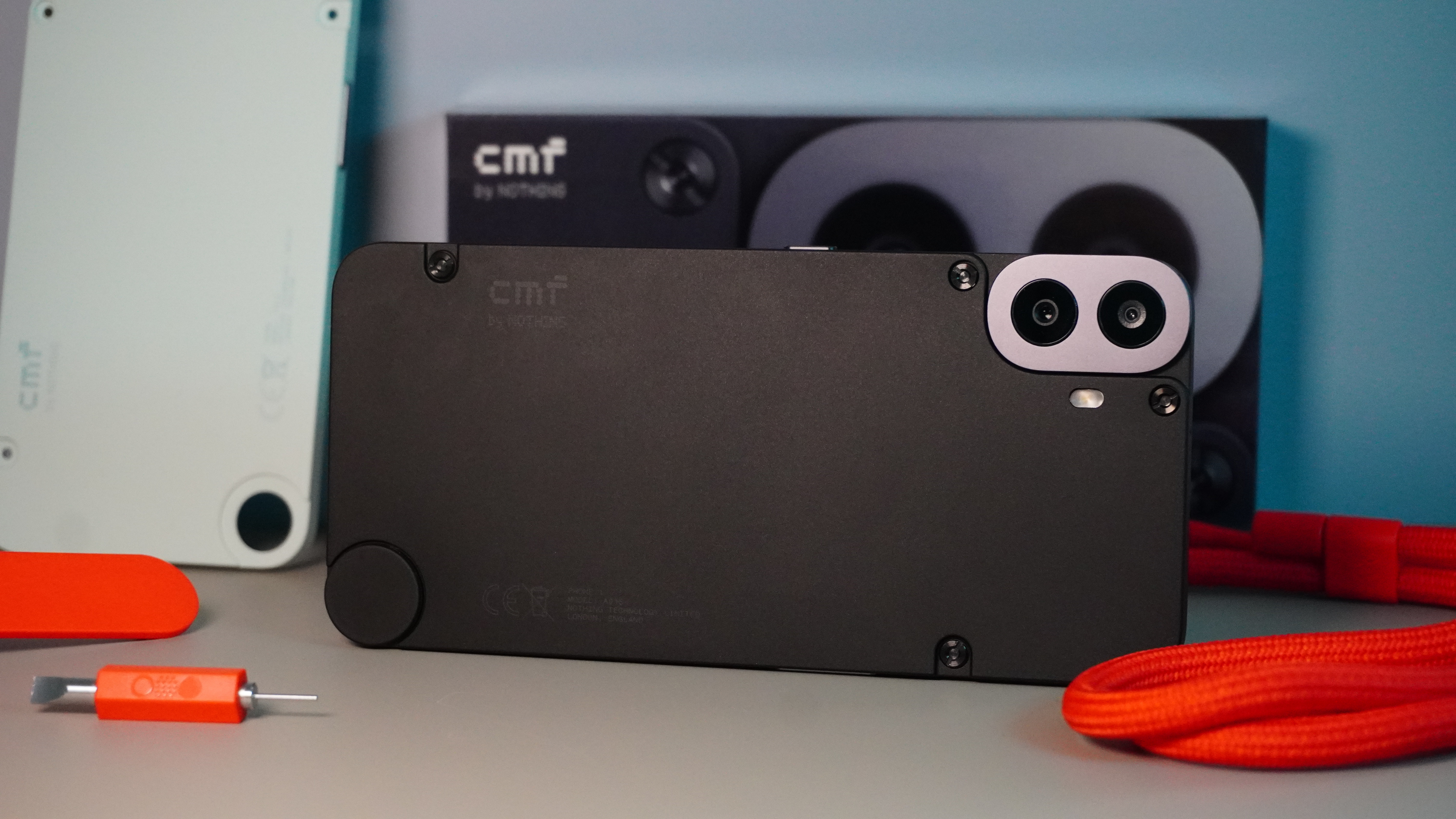 Nothing's next phone could be a budget powerhouse, thanks to this confirmed hardware detail
Nothing's next phone could be a budget powerhouse, thanks to this confirmed hardware detailOfficial details reveal more about the next phone coming from Nothing
By Chris Hall Published
-
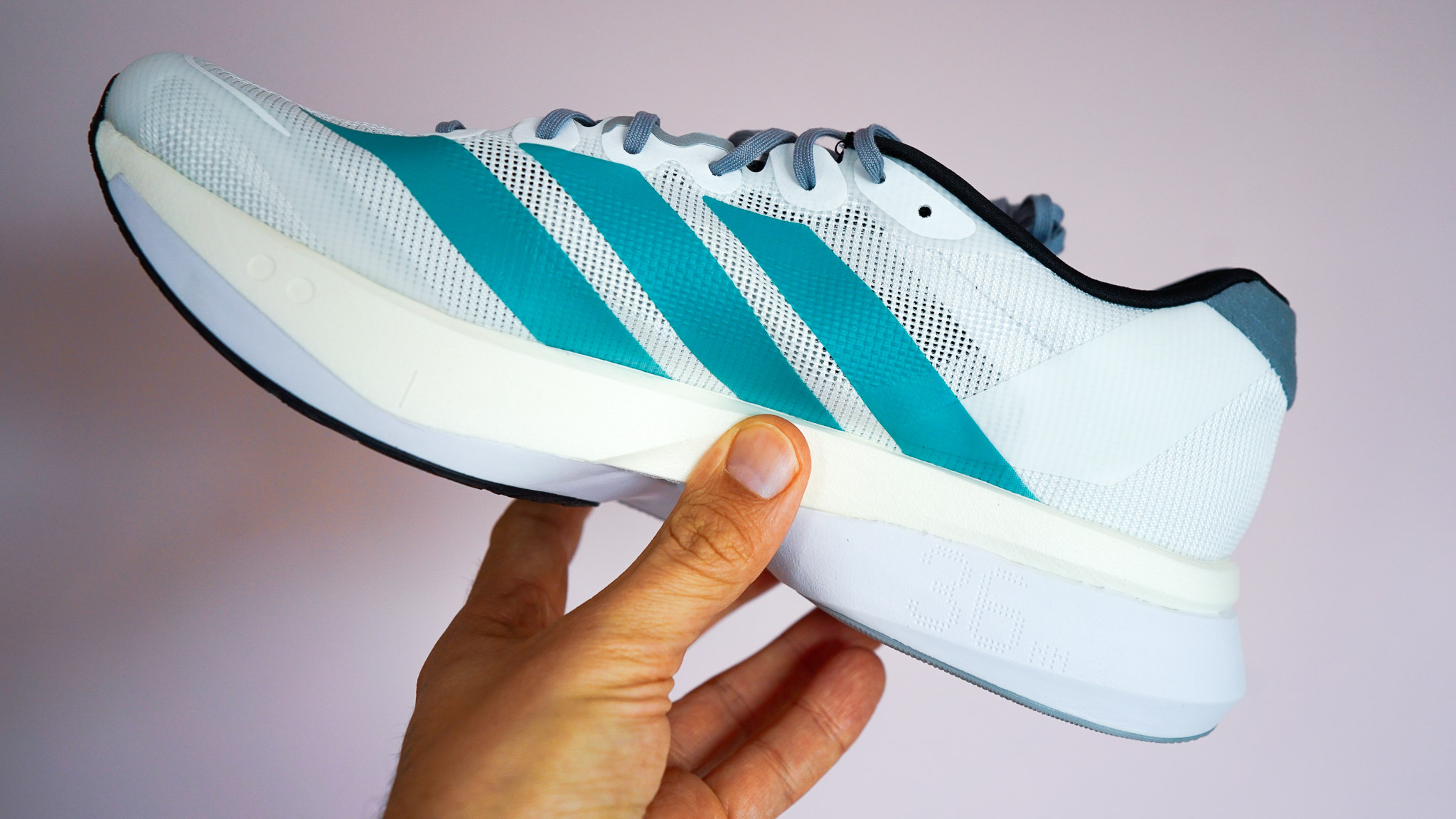 Adidas Adizero Boston 13 is softer, faster, and finally feels like a proper trainer
Adidas Adizero Boston 13 is softer, faster, and finally feels like a proper trainerThe brand quietly fixed everything runners didn’t love about the Boston 12
By Matt Kollat Published